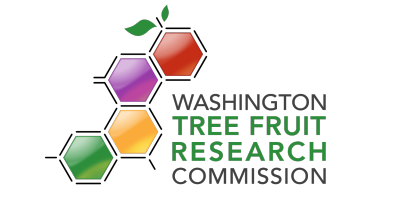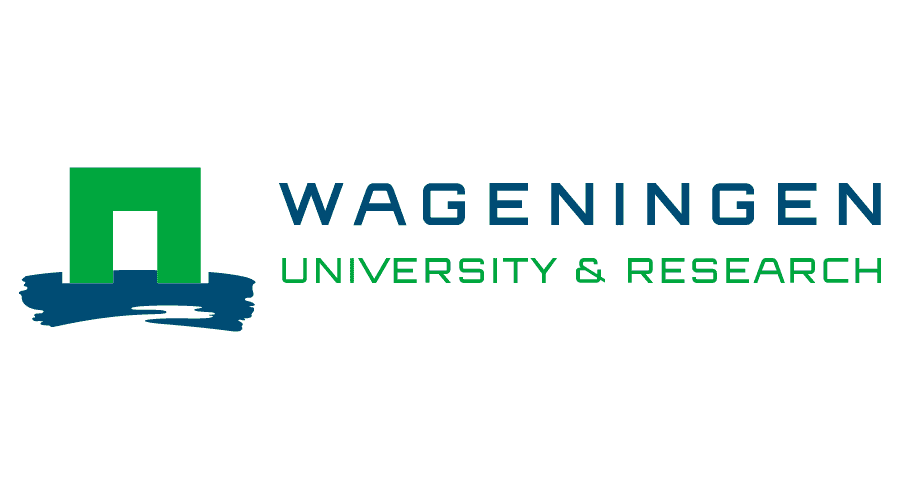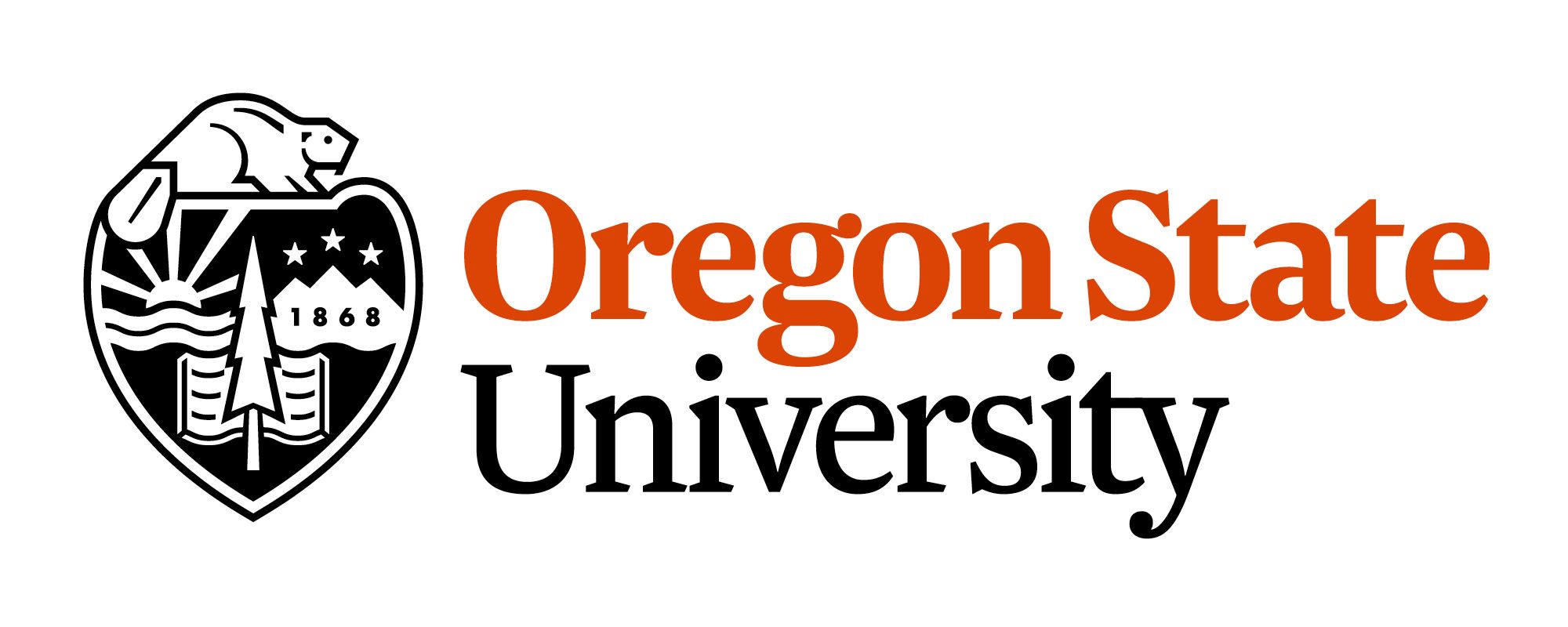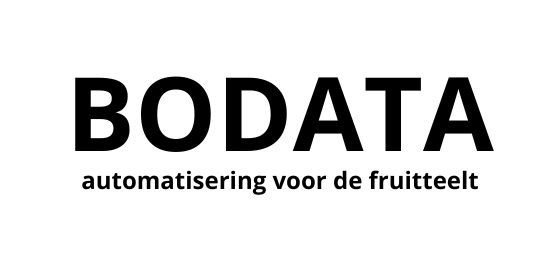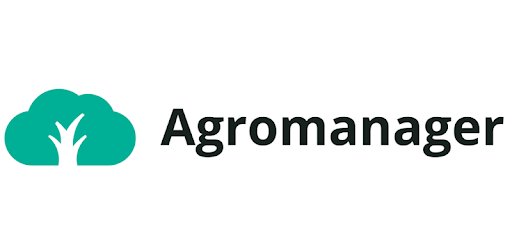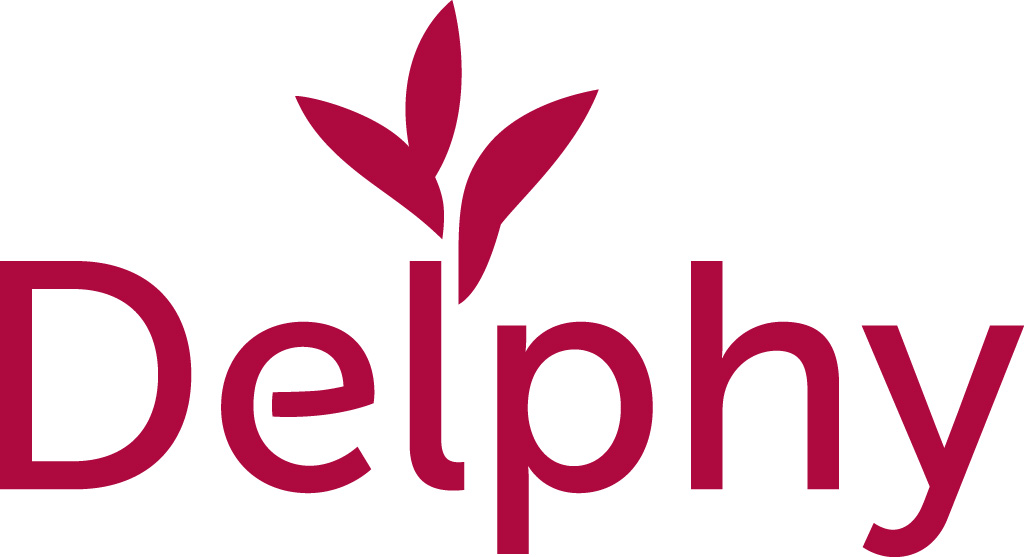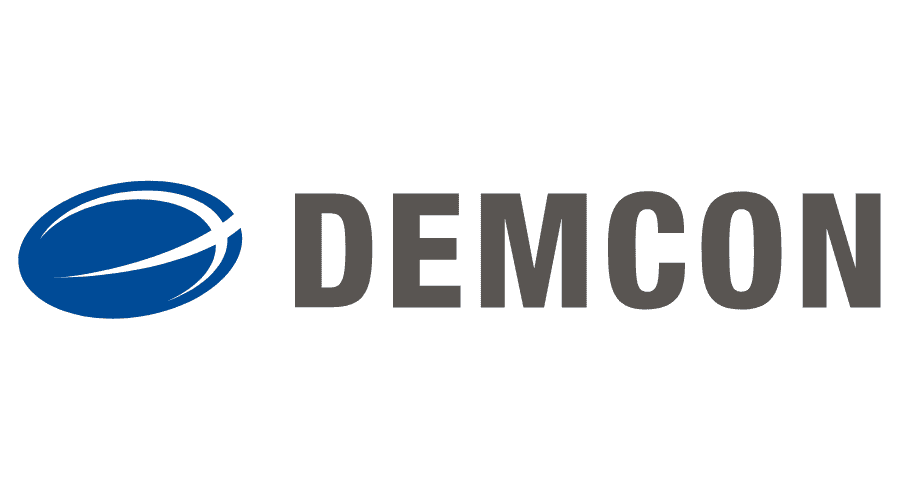Randwijk, March 19, 2025
Technological innovations for sustainable and efficient fruit cultivation
The final results of The Next Fruit 4.0 project were presented at the Fruit Research Center (FRC) in Randwijk. More than 80 consortium partners and other stakeholders attended the concluding event of this innovative project, where high-tech and data-driven applications have been developed to make fruit cultivation more sustainable and efficient.
More sustainable cultivation and supply chain
One of the main objectives of the project was to improve sustainability in both cultivation and the supply chain. The use of advanced techniques makes it possible to significantly reduce the need for crop protection products and fertilizers. Key results in this area include:
- Two validated prototypes of precision sprayers, controlled at nozzle level using smart calculation models and decision rules. Sensors help reduce the amount of product used while maintaining application effectiveness.
- Research using the Behaviour Change Wheel method to identify interventions that can accelerate the adoption of precision spraying. This led to valuable advice for tech companies, researchers, advisors and policymakers.
- Algorithms for detecting fruit tree canker damage. Combined with sensors, they enable growers to respond more quickly and prevent further spread.
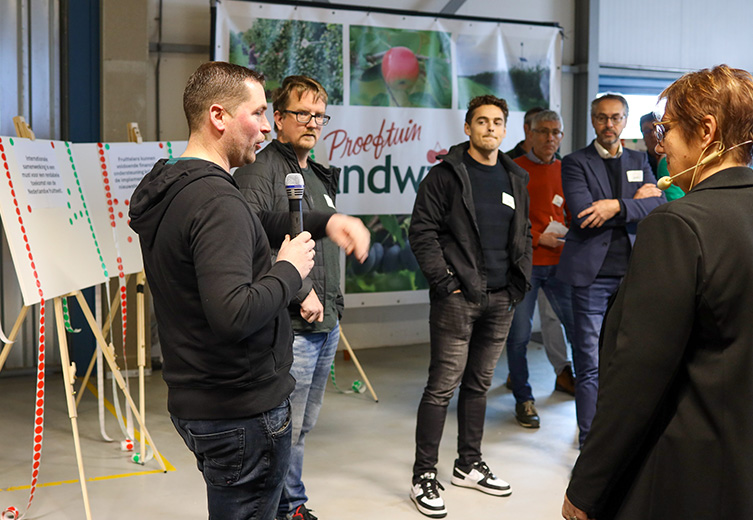
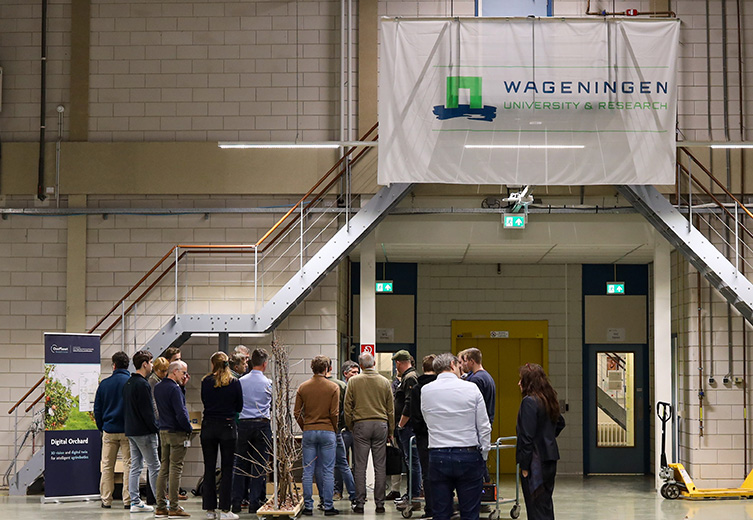
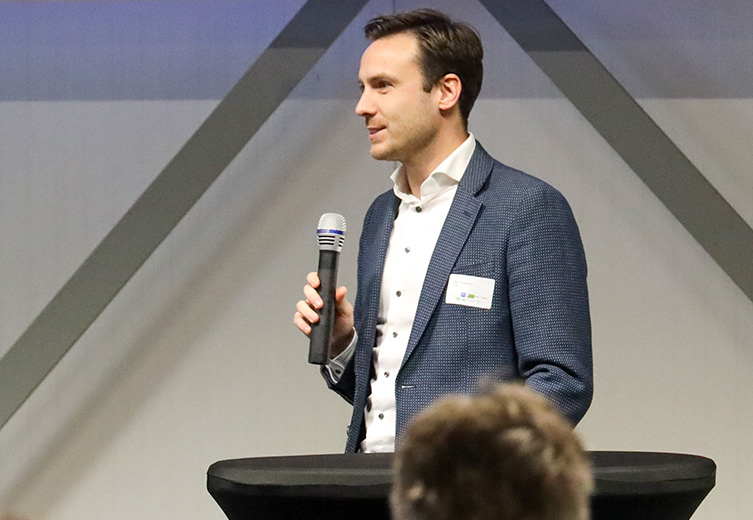
Maximizing yield and controlling costs
The project also focused on increasing yield per hectare, improving market performance and reducing post-harvest losses.
- A crop growth model that combines weather data, fruit set, drop and weight to optimize thinning strategies at tree level.
- An innovative concept where a picking train passes under a gate and storage bins are automatically photographed. With the use of RFID chips, growers will soon be able to quickly assess batch quality. Wageningen University & Research (WUR) developed the image analysis techniques to evaluate size distribution, and in the future, additional quality aspects like colour and pear abnormalities.
- Two validated types of sensors that can assess fruit quality non-destructively, helping growers estimate the risk of storage loss.
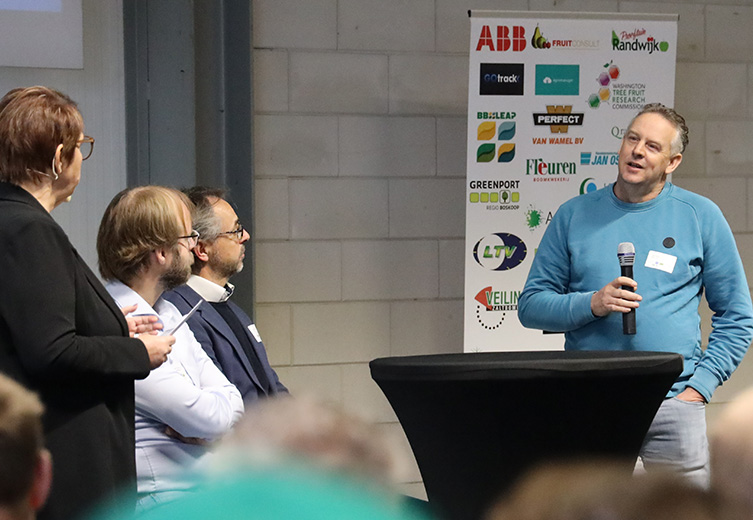
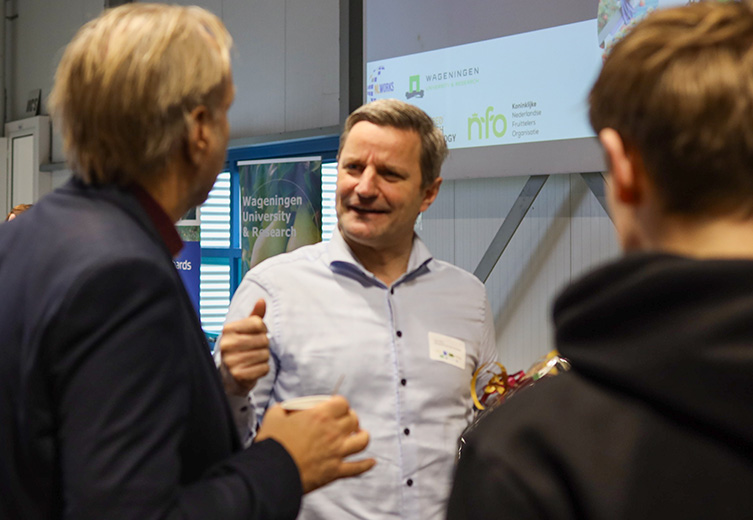

Multifunctional robotics in the orchard
With rising labour costs and a shrinking workforce, the need for robotics is greater than ever. The Next Fruit 4.0 has delivered two prototype end-effectors:
- A gripper for pear harvesting. The main challenge was to develop the right motion so the robot can remove pears without damaging them or causing pressure points that lead to rot.
- A prototype end-effector for pruning red currants, based on joint expertise from the Netherlands and the United States. With camera technology, the robot analyses the 3D structure of the shrub to distinguish between young and old wood. While not yet fully autonomous, this is a key step towards practical pruning robots.
- In addition, an economic model was developed to assess the business case of multifunctional robots. A crucial insight was that feasibility depends not only on the investment size, but also on how many different tasks the robot can perform.
Collaboration between research and practice
The Next Fruit 4.0 was made possible through the collaboration of WUR, FME, the Delphy Improvement Center, the Dutch Fruit Growers Organization (NFO), FRUITVOORUIT.nl and the Washington Tree Fruit Research Commission. Within this broad consortium, technology, field experience and research were connected from the outset. More information about the project and its partners is available on the project page of Wageningen University & Research.
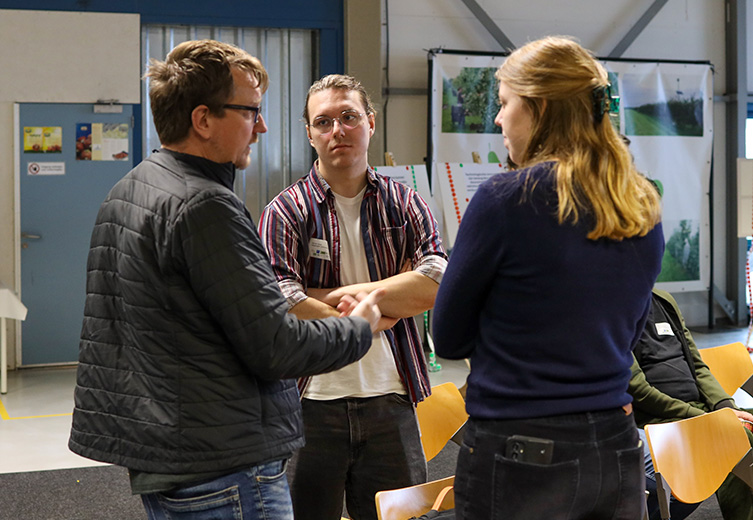
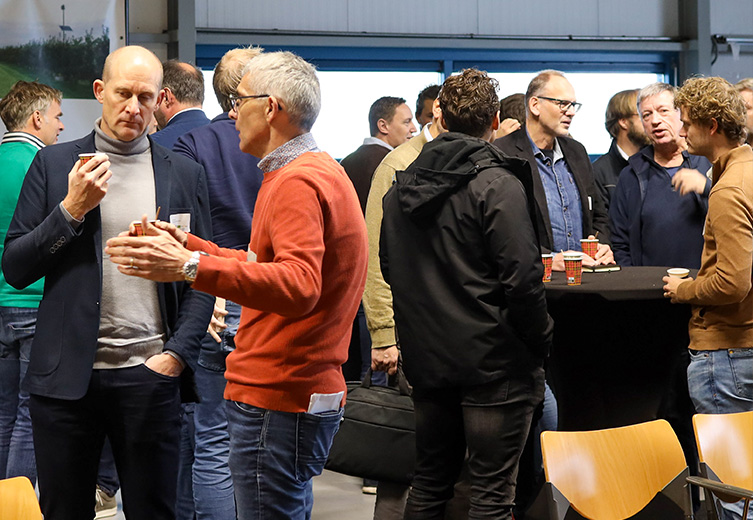
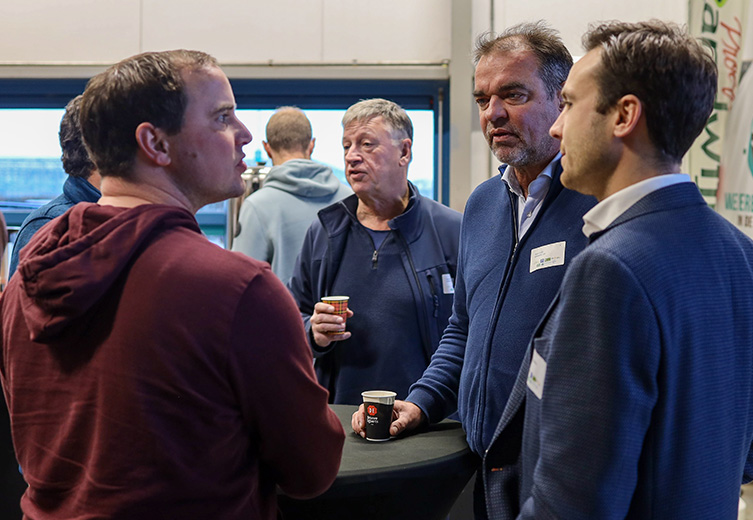
What this symposium brought to light
The symposium made it clear how valuable it is to develop technological innovation, practical knowledge and economic insights in parallel. It is this combination of prototypes, models and field experience that pushes innovation closer to real-world adoption. Orchard of the Future aims to strengthen this kind of cross-pollination — even beyond this project. By sharing knowledge, connecting partners and accelerating international learning, we build toward a future in which innovation becomes the standard in fruit cultivation.
Would you like to learn more or take part in what comes next? Feel free to get in touch with Peter Schellekens






